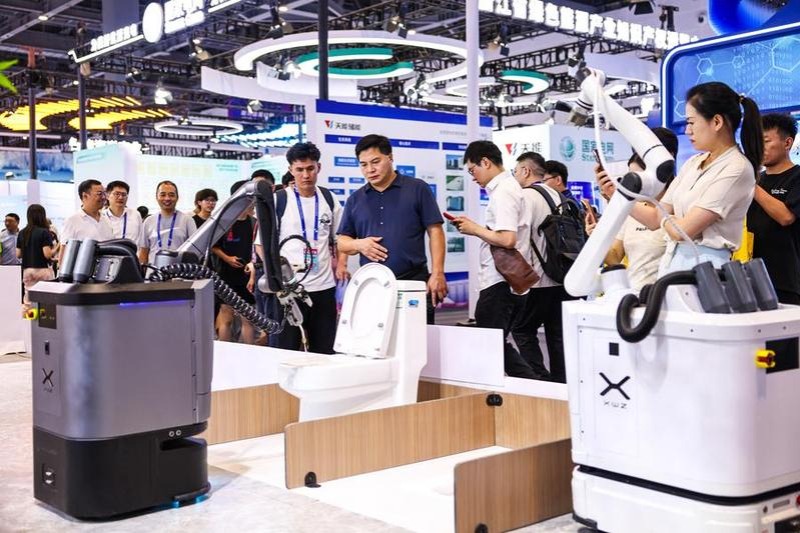New approach promising for reversing photoaging wrinkles
Xinhua | Updated: 2025-04-09 14:28
LANZHOU -- Chinese researchers have made new scientific progress in photoaging skin wrinkle damage treatment by introducing galvanic cell microneedle (GCMN) patches, according to Lanzhou University.
The study is jointly conducted by researchers at Lanzhou University and the University of Connecticut. It introduces GCMN patches with magnesium-containing bipolar electrodes.
The study further expands the application prospect of microneedles in tissue wound repair and is also promising for medical cosmetology. The results of the study have been published in Advanced Materials.
Excessive exposure to ultraviolet (UV) radiation is a major factor in the development of skin photoaging. Excessive UV exposure not only accelerates skin tissue damage but also induces different degrees of wrinkles. Although current treatments can slow the progression of photoaging, it is very difficult to achieve a complete reversal.
With people's eternal pursuit of "maintaining youth and beauty," researchers have been constantly exploring new anti-photoaging strategies, including surgical and non-surgical methods.
Currently, there is an increasing contradiction between patients' demands for non-invasive, natural and long-lasting wrinkle resistance and the limitations of existing technologies.
Therefore, new biological materials and related therapies are key tasks of photoaging prevention and treatment, according to Fan Zengjie, professor with the School/Hospital of Stomatology Lanzhou University.
The research team found that UV radiation damage typically manifests first as an increase in free radicals and the emergence of inflammation, which damages the local structure of the tissue and leads to skin aging.
Then, they introduced a type of GCMN patch, which operates through a galvanic cell mechanism. The patches can generate microcurrents and release hydrogen gas and magnesium ions via a redox reaction, building a multifunctional integrated platform to reverse photoaging wrinkles and rejuvenate the skin.
The new material combines the functions of hydrogen's antioxidant and anti-inflammatory properties and magnesium's promotion of angiogenesis and macrophage polarization, among others. They work synergistically to reverse photoaging wrinkles and rejuvenate the skin, according to Fan.
The results of the patches' wrinkle improvement have been validated in a mouse model of photoaging damage, and their biosafety was demonstrated in animal studies.
"This study advances dermatological intervention research based on microneedle therapy and makes progress in skin rejuvenation therapy driven by biomaterials," Fan said.
Also, the findings lay a foundation for future clinical applications and may inspire related studies in bioelectricity and hydrogen-mediated skin treatment, he added.
























